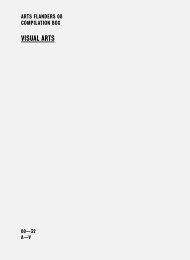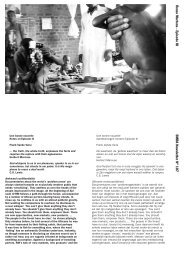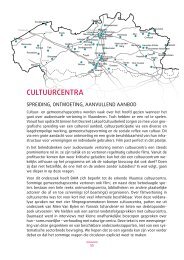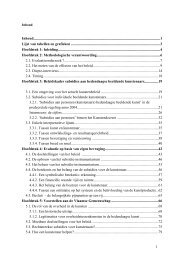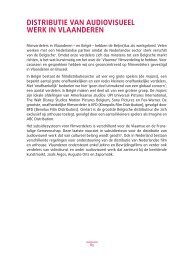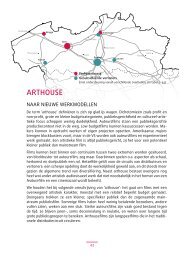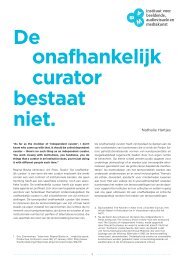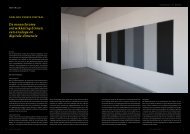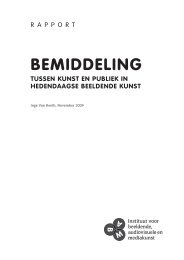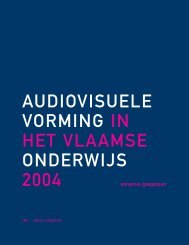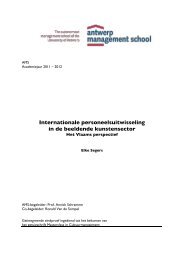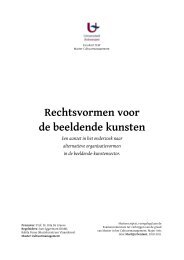MEDIA DIGITAL ART AND CULTURE IN FLANDERS BELGIUM - BAM
MEDIA DIGITAL ART AND CULTURE IN FLANDERS BELGIUM - BAM
MEDIA DIGITAL ART AND CULTURE IN FLANDERS BELGIUM - BAM
Create successful ePaper yourself
Turn your PDF publications into a flip-book with our unique Google optimized e-Paper software.
In retrospect, Flanders and Belgium have always had the disconcerting habit<br />
of questioning the medium and the relation between things and their images.<br />
Take, for example, Magritte’s astonishingly simple ‘Ceci n’est pas une pipe’,<br />
which pointed out the difference between the object and its representation.<br />
But this black pearl of surrealism also put a big question mark over the arts<br />
and the way we look at pieces of art and try to contextualize them.<br />
The twentieth century became a breeding ground for all kinds of<br />
media of which the internet only constituted the latest but definitely the most<br />
abundant offspring. The Canadian philosopher Marshall McLuhan famously<br />
stated: the medium is the message. But if that was the case, artists had to ask<br />
themselves: which medium should I pick? The eternal question between shape<br />
and content showed its stubborn face again.<br />
Although the question was not new, the (re)production and the<br />
dispersal of the artistic works in the media era were. They exploded in an<br />
unprecedented way. Flemish artists have applauded, welcomed, incorporated<br />
and maybe even caused a part of that productive explosion. “Media art and<br />
digital culture in Flanders” gives a generous, surprising and stimulating<br />
overview of our artists but also of the research, the organizations and the<br />
support the Flemish government offers. As minister of Culture I see the concept<br />
of digital culture becoming more and more of a tautology. Not only because<br />
art is more and more digitally conceptualized and created but also because<br />
all of our culture becomes more and more digitalized.<br />
For example, Walter Verdin used the details and intensity of ‘The<br />
Descent From The Cross’, the masterpiece by Rogier Van der Weyden, to render<br />
them into a sophisticated, videotaped choreography in ‘Sliding Time’. History<br />
and technology blend together in an incredible feat. The same could be said<br />
about Johan Grimonprez’s striking and influential documentary on hijackings,<br />
‘Dial H-I-S-T-O-R-Y’. Others like Frederik De Wilde consciously seek the<br />
boundaries of arts, biotechnology and genetics, even – in contrast with<br />
sliding time – to challenge time itself.<br />
Blending, crossover, cooperation are key words in digital culture:<br />
important changes in comparison to other eras. Other aspects of the digital era<br />
are much more difficult to grasp. The questions and paradoxes surrounding the<br />
medium and the mediated, the symbol and the symbolized remain. I hope this<br />
publication – an encore of our cultural heritage – will prove a formidable guide<br />
through the labyrinth of the media era.<br />
5



